-
Yamamoto Sukenaga Tamahagane Hamon Santoku 185mm Magnolia Handle
Precio habitual ¥123,000 JPYPrecio habitualPrecio unitario por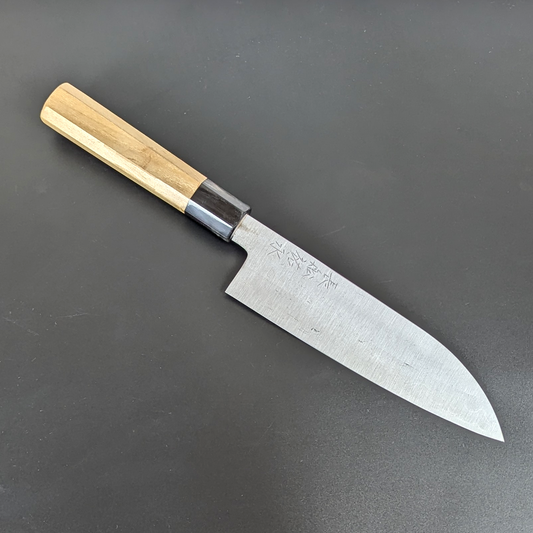
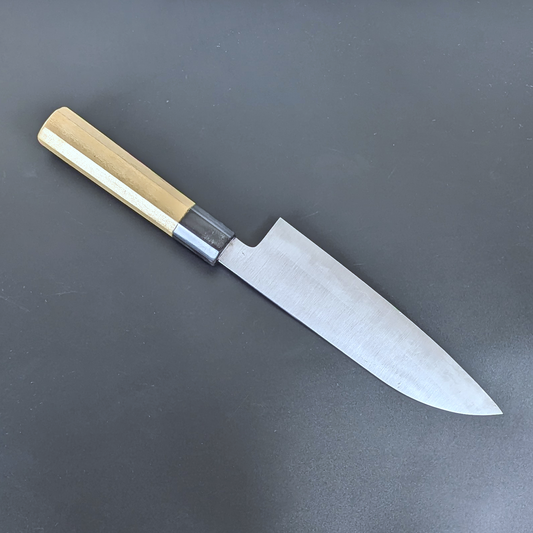 Agotado
Agotado -
Cuchillo Santoku mediano Yamamoto Sukenaga Tamahagane con acabado de espejo de 180 mm y mango de ébano
Precio habitual ¥125,000 JPYPrecio habitualPrecio unitario por¥236,000 JPYPrecio de venta ¥125,000 JPY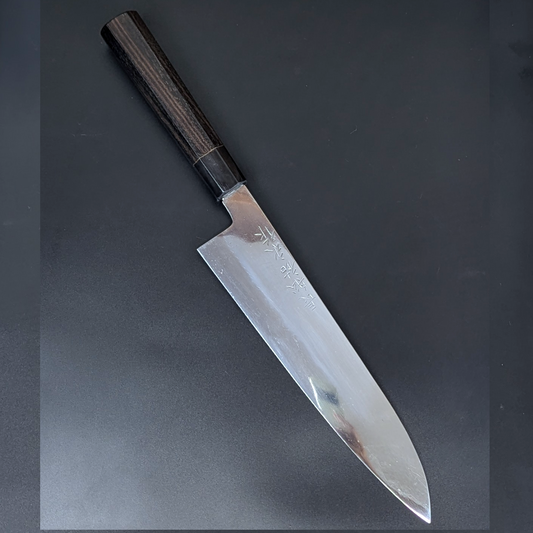
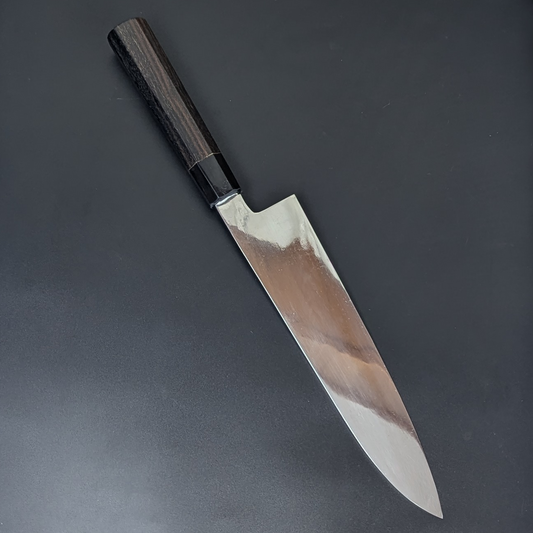 Agotado
Agotado -
Sukenaga Yamamoto Tamahagane Kiritsuke 167mm
Precio habitual A partir de ¥78,000 JPYPrecio habitualPrecio unitario por
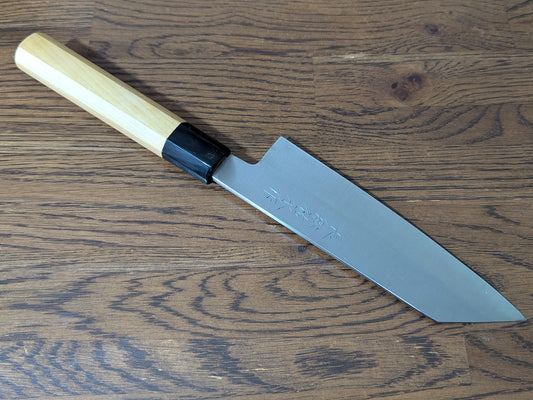 Agotado
Agotado -
Sukenaga Yamamoto Tamahagane Santoku Grande 180mm
Precio habitual A partir de ¥96,000 JPYPrecio habitualPrecio unitario por
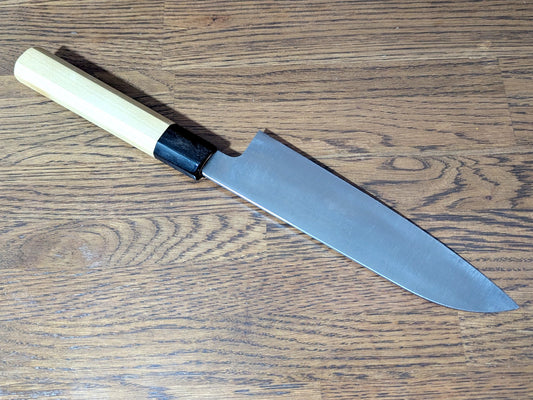 Agotado
Agotado -
Yamamoto Sukenaga Tamahagane Yanagiba315mm No Engraving Magnolia Handle
Precio habitual ¥300,000 JPYPrecio habitualPrecio unitario por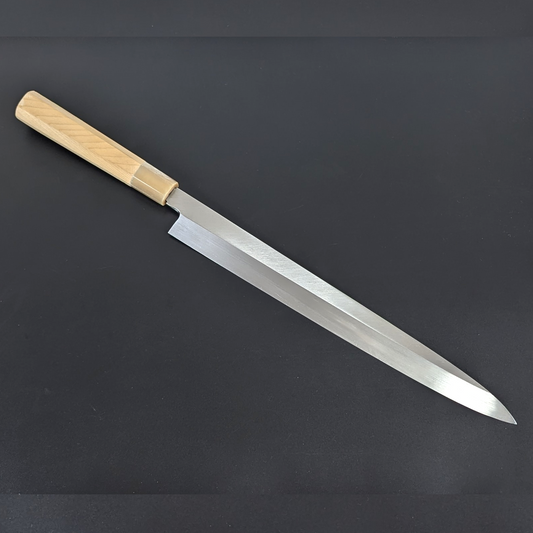
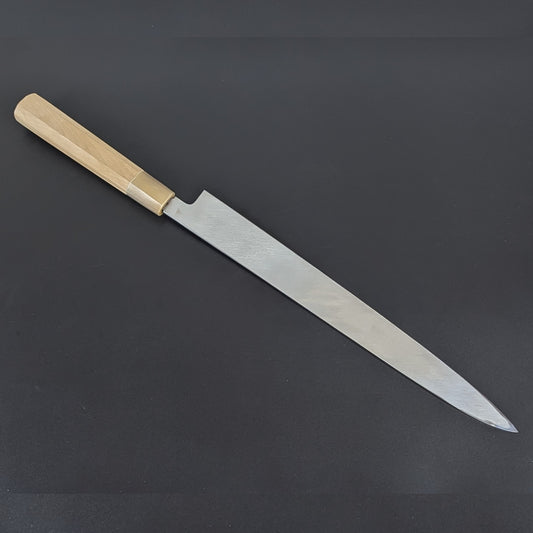 Agotado
Agotado -
Yamamoto Sukenaga Tamahagane Gyuto 225mm Gyuto No Engraving Magnolia Handle
Precio habitual ¥135,000 JPYPrecio habitualPrecio unitario por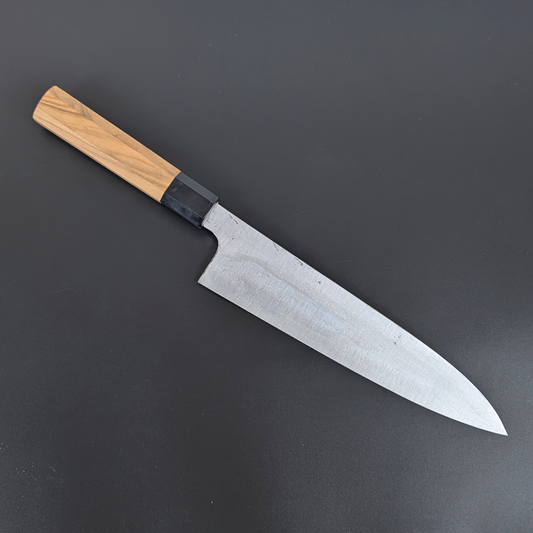
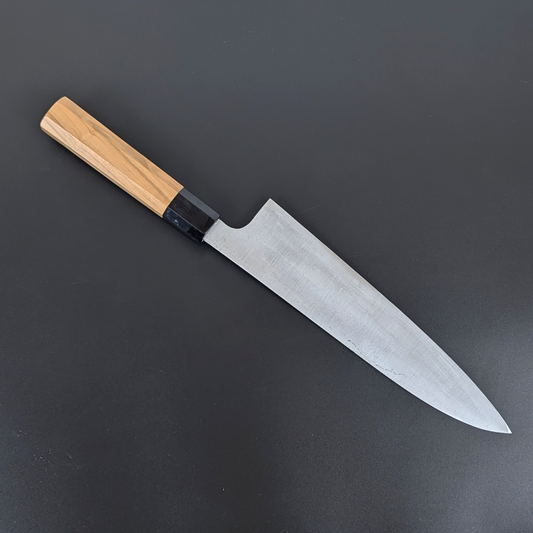 Agotado
Agotado -
Yamamoto Sukenaga Tamahagane Santoku 185mm No Engraving Magnolia Handle
Precio habitual ¥96,000 JPYPrecio habitualPrecio unitario por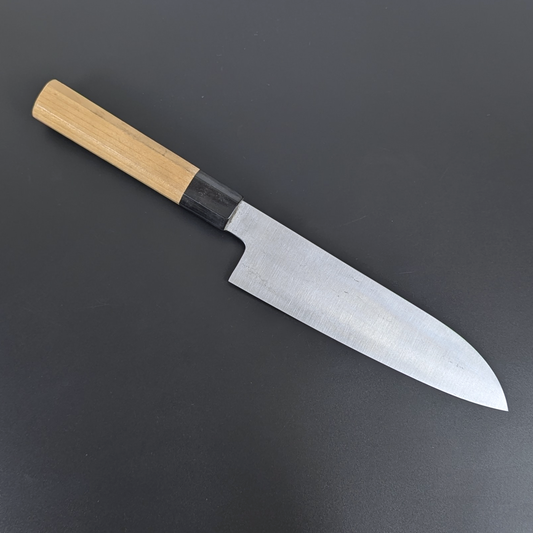
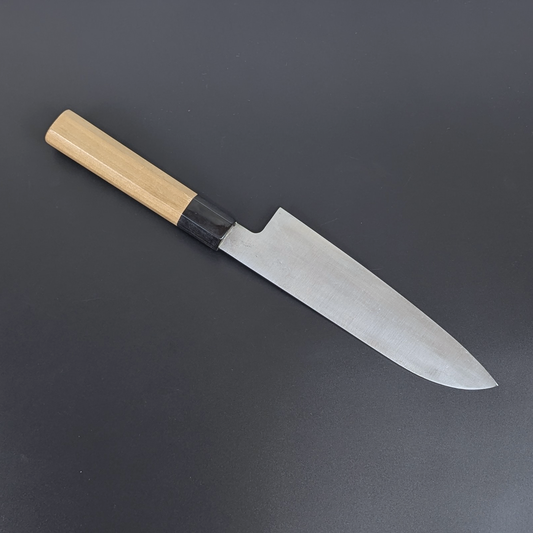 Agotado
Agotado -
Precio habitual ¥5,500 JPYPrecio habitualPrecio unitario por
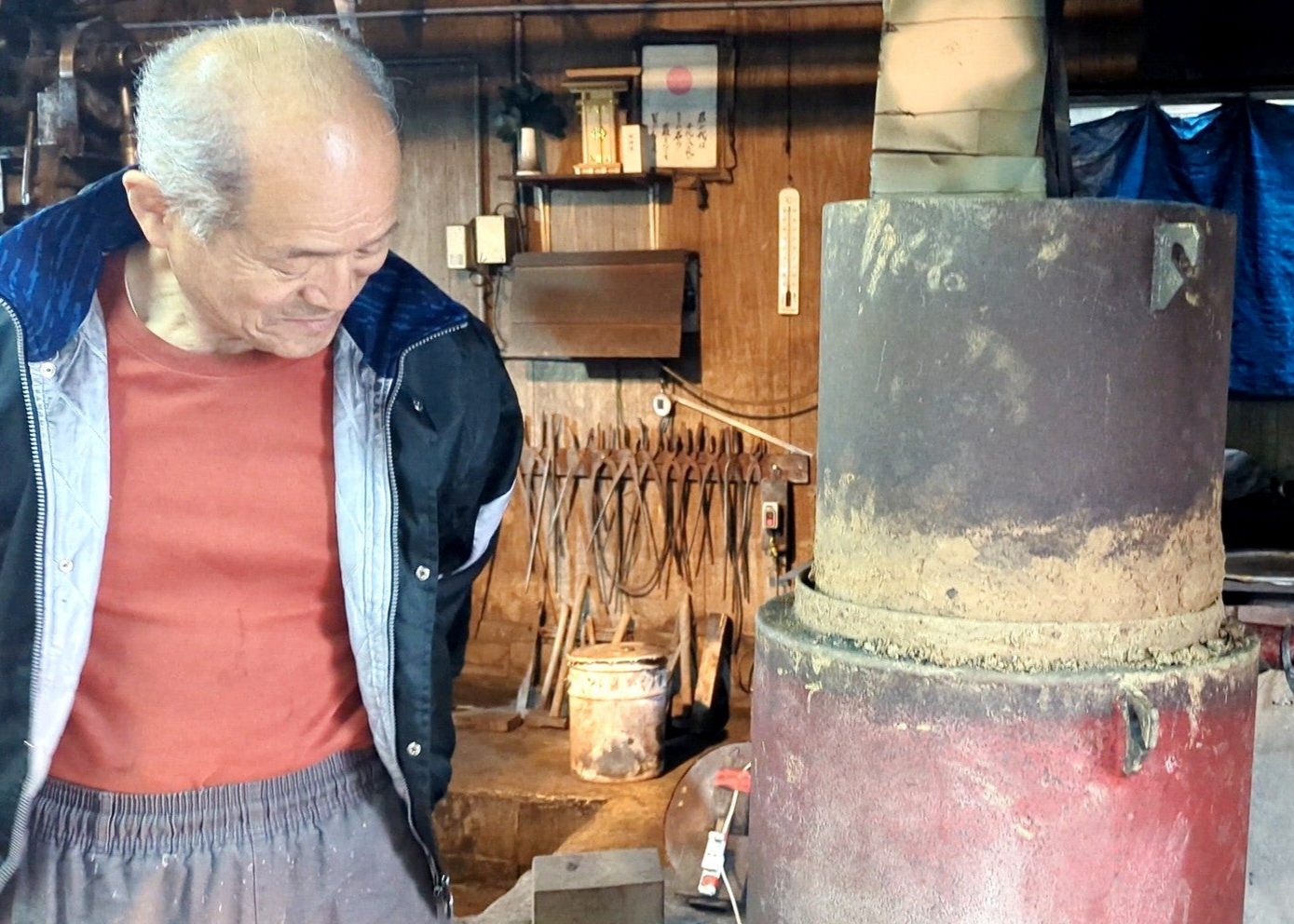
Message from Mr. Yamamoto to Our Valued Customer
"Thank you very much for purchasing a Tamahagane knife.
I personally produced the Tamahagane steel from iron sand through the traditional Tatara smelting method.
While we take the utmost care in the crafting process, each knife is handmade, and due to variations in the type of iron sand, the Tatara smelting, forging, and quenching processes, every knife is unique. Specifically, there may be differences in the hardness, toughness, and sharpness of the steel. We kindly ask for your understanding.
With proper maintenance, this knife can serve you well for many years in your home.
It was crafted with heartfelt care and dedication."
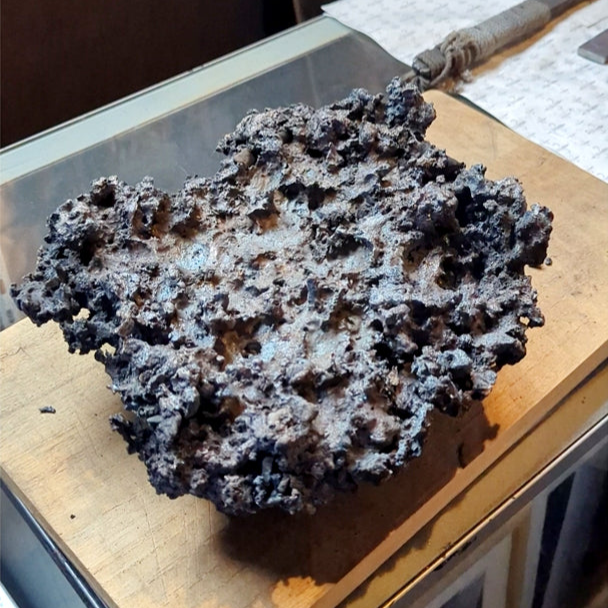
Precautions for Using a Tamahagane Knife
- Leaving the knife wet will cause it to rust. This is because it is made entirely of steel. Always make sure to wipe off any moisture thoroughly.
- Cutting citrus fruits or enzyme-rich plants (e.g., broad beans) may cause discoloration (darkening) on the surface of the blade due to the acids or enzymes contained within these items.
- Applying excessive force, prying, striking, or cutting frozen foods, hard items, or fish bones may cause the blade to chip. This is because the knife is a honyaki type made from Tamahagane steel. Please use a frozen food knife for frozen items, and specialized knives for hard ingredients or fish bones.
- After use, wash the knife promptly with a neutral detergent. Then rinse with hot water from the spine (back) of the blade toward the edge. Dry thoroughly with a dry cloth or kitchen paper before storing.
- Avoid using dishwashers or dish dryers. Heat expansion may cause the handle to loosen or detach.
Yamamoto Sukenaga's Workshop
Why the Japanese Sword Is Truly One of a Kind – Shintetsu
Fire-making - The process of making a Japanese sword
The Swordsmith’s Art – Traditional Forging
The Work of the Swordsmith – Folding Forging
Photos
Aquí hay fotos y videos que tomé cuando visité el taller de Yamamoto-san y Ueda-san el 3 de abril de 2024. Fue un día de descanso, pero me mostraron los alrededores.


































